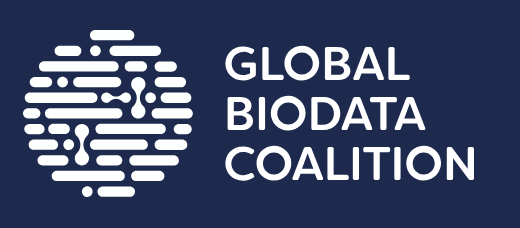CATH Superfamily 3.30.1460.50
The name of this superfamily has been modified since the most recent official CATH+ release (v4_4_0). At the point of the last release, this superfamily was: waiting to be named.
FunFam 8: Autophagy-related 10, isoform B
Please note: GO annotations are assigned to the full protein sequence rather than individual protein domains. Since a given protein can contain multiple domains, it is possible that some of the annotations below come from additional domains that occur in the same protein, but have been classified elsewhere in CATH.
There are 1 GO terms relating to "molecular function"
The search results have been sorted with the annotations that are found most frequently at the top of the
list. The results can be filtered by typing text into the search box at the top of the table.
| GO Term | Annotations | Evidence |
|---|---|---|
|
Atg12 transferase activity GO:0019777
Catalysis of the transfer of ATG12 from one protein to another via the reaction X-ATG12 + Y --> Y-ATG12 + X, where both X-ATG12 and Y-ATG12 are covalent linkages.
|
1 | Q4V6A8 (/ISS) |
There are 2 GO terms relating to "biological process"
The search results have been sorted with the annotations that are found most frequently at the top of the
list. The results can be filtered by typing text into the search box at the top of the table.
| GO Term | Annotations | Evidence |
|---|---|---|
|
Cellular protein modification process GO:0006464
The covalent alteration of one or more amino acids occurring in proteins, peptides and nascent polypeptides (co-translational, post-translational modifications) occurring at the level of an individual cell. Includes the modification of charged tRNAs that are destined to occur in a protein (pre-translation modification).
|
1 | Q4V6A8 (/ISS) |
|
Macroautophagy GO:0016236
The major inducible pathway for the general turnover of cytoplasmic constituents in eukaryotic cells, it is also responsible for the degradation of active cytoplasmic enzymes and organelles during nutrient starvation. Macroautophagy involves the formation of double-membrane-bounded autophagosomes which enclose the cytoplasmic constituent targeted for degradation in a membrane-bounded structure. Autophagosomes then fuse with a lysosome (or vacuole) releasing single-membrane-bounded autophagic bodies that are then degraded within the lysosome (or vacuole). Some types of macroautophagy, e.g. pexophagy, mitophagy, involve selective targeting of the targets to be degraded.
|
1 | Q4V6A8 (/ISS) |
There are 0 GO terms relating to "cellular component"
The search results have been sorted with the annotations that are found most frequently at the top of the
list. The results can be filtered by typing text into the search box at the top of the table.
